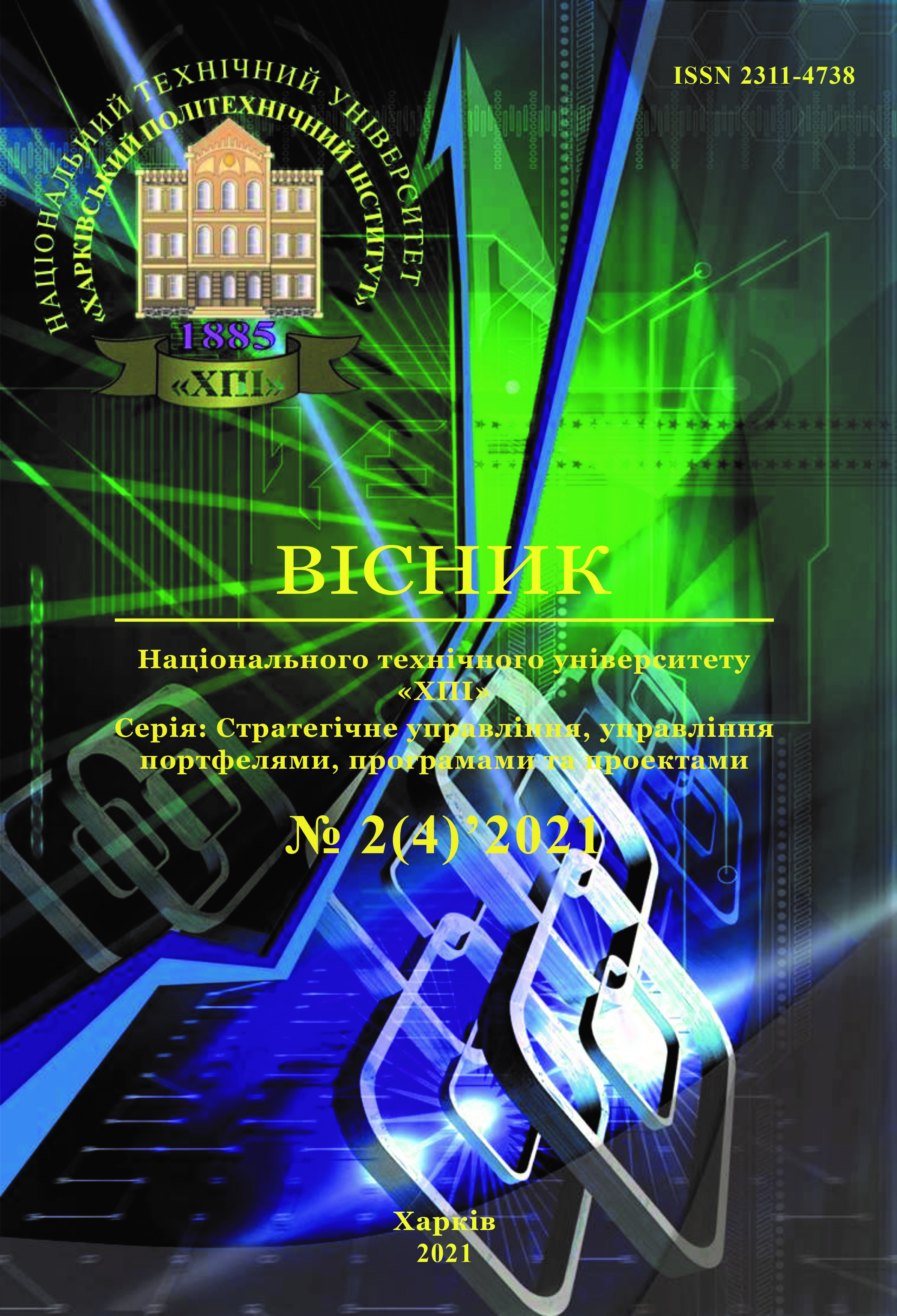TO THE ISSUE OF CREATING MODELS OF PRECISE SOIL COMPACTION DETECTION FOR PRODUCTION SCALE USE
DOI:
https://doi.org/10.20998/2413-3000.2021.4.7Keywords:
precision agriculture, soil compaction, data interpolation, geolocation, system of coordinatesAbstract
Typical approaches to test soil compaction, along with technical possibilities are assessed with a purpose of scaling best approaches in production. Modern soil works related technologies, GPS accuracy aspirations for precision agriculture are addressed. Two most popular technologies in Ukraine to measure soil compaction are «The Top Soil Mapper» and «CTS-1000», although they function differently, most commonly are used independently. Simple mathematical calculations bringing together timing needed to gather reliable data to form variable depth soil ripping machinery and scale of Ukrainian production demonstrate irrelevance of applying typical mechanical methods. At the same time, sensor technologies have their own limitations. Thus, this article introduces the benefits of the mutual use of «The Top Soil Mapper» and «CTS-1000». Soil compaction models presented in the article include: 1. Smallest possible grid approach of soil compaction data presentation and interpolation for further use to create variable depth soil works assignment proves to provide a very good set of results and can be used as a standard, but at the same time it consumes so much time that production scaling is not achievable. As an example we can state that a grower with 1000 fields would need about 3 years to test all the fields, when production needs are to test all the fields within two or three months (depending on weather and crop rotation). 2. Small, midsize and large grid approach of soil compaction data presentation and interpolation for further use to create variable depth soil works assignment proves to vary from being still time inefficient to having gaps to gather enough data as main approach of any data processing for further interpolation makes an unproven assumption that the sample location is a center of a zone. In case with a smallest possible grid, that difference would be minimal, with a larger distance difference can be significant. 3. Depending on detecting zones to test compaction based other parameters does not prove to work and lacks scientific background. Thus it has been suggested to combine use of «Top Soil Mapper» and «CTS-1000».
References
Kopecky M., Funktionen: WAS macht der Topsoil Mapper (TSM)?. Website, 2012. URL: http://www.geoprospectors.com/de/produkte-leistungen/landwirtschaftwirtschaft / Geoprospectors
CTS-1000. Amity Crop management. Website, 2021. URL: https://www.amitytech.com/crop-management-tools/soil-compaction-testing/
Topsoil mapper. Website, 2021. URL: https://www.topsoil-mapper.com/
Huder R. Crisis Decision Making. Disaster Operations and Decision Making. John Wiley & Sons. 2012, pp.19–37. URL: doi:10.1002/9781118178539.ch2
Нечаєва І., Особливості прийняття управлінських рішень, їх оцінка та оцінювання в умовах кризи. Ecomomics Analysis, Вип. 29, 2019, с.156-163
Moore, G. E. (1996). Understanding Crisis Decision Making, Defense Technical Information Center, 1996. URL: doi:10.21236/ada309428
Selig, E. T. The Soil Compaction Process and Methods of Measurement. SAE Technical Paper Series., 1971. URL: doi:10.4271/710513
Carter M. R., Gregorich E.G., Compaction and Compressibility. Soil Sampling and Methods of Analysis, CRC Press, 2007. pp. 805–816. URL: doi:10.1201/9781420005271-70
Li, Q. Decision making under uncertainties for renewable energy and precision agriculture. URL: doi:10.31274/etd-180810-4983
Downloads
Published
Issue
Section
License

This work is licensed under a Creative Commons Attribution-NonCommercial-ShareAlike 4.0 International License.
Our journal abides by the Creative Commons copyright rights and permissions for open access journals.
Authors who publish with this journal agree to the following terms:
Authors hold the copyright without restrictions and grant the journal right of first publication with the work simultaneously licensed under a Creative Commons Attribution-NonCommercial-ShareAlike 4.0 International License (CC BY-NC-SA 4.0) that allows others to share the work with an acknowledgement of the work's authorship and initial publication in this journal.
Authors are able to enter into separate, additional contractual arrangements for the non-commercial and non-exclusive distribution of the journal's published version of the work (e.g., post it to an institutional repository or publish it in a book), with an acknowledgement of its initial publication in this journal.
Authors are permitted and encouraged to post their published work online (e.g., in institutional repositories or on their website) as it can lead to productive exchanges, as well as earlier and greater citation of published work.

